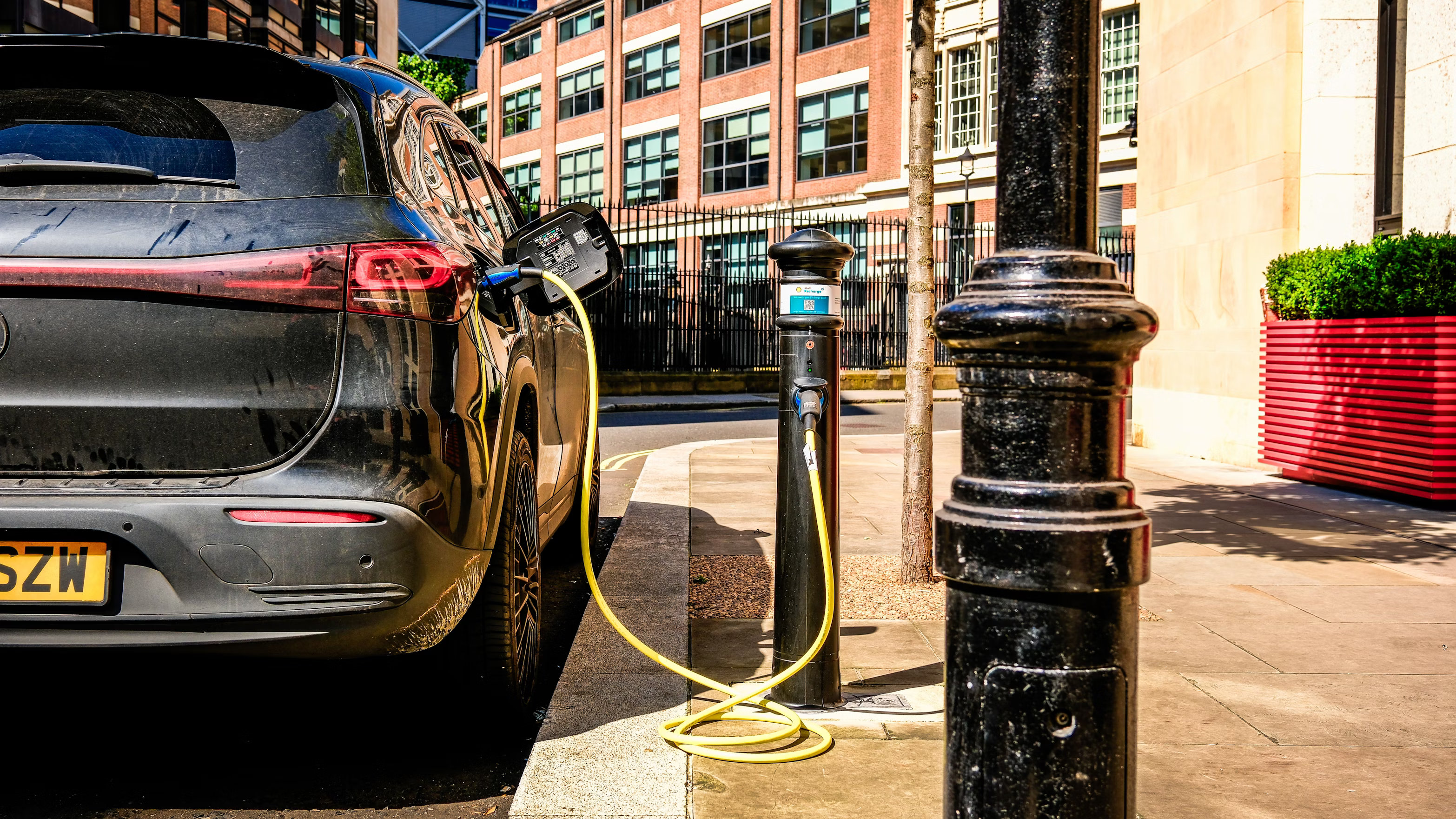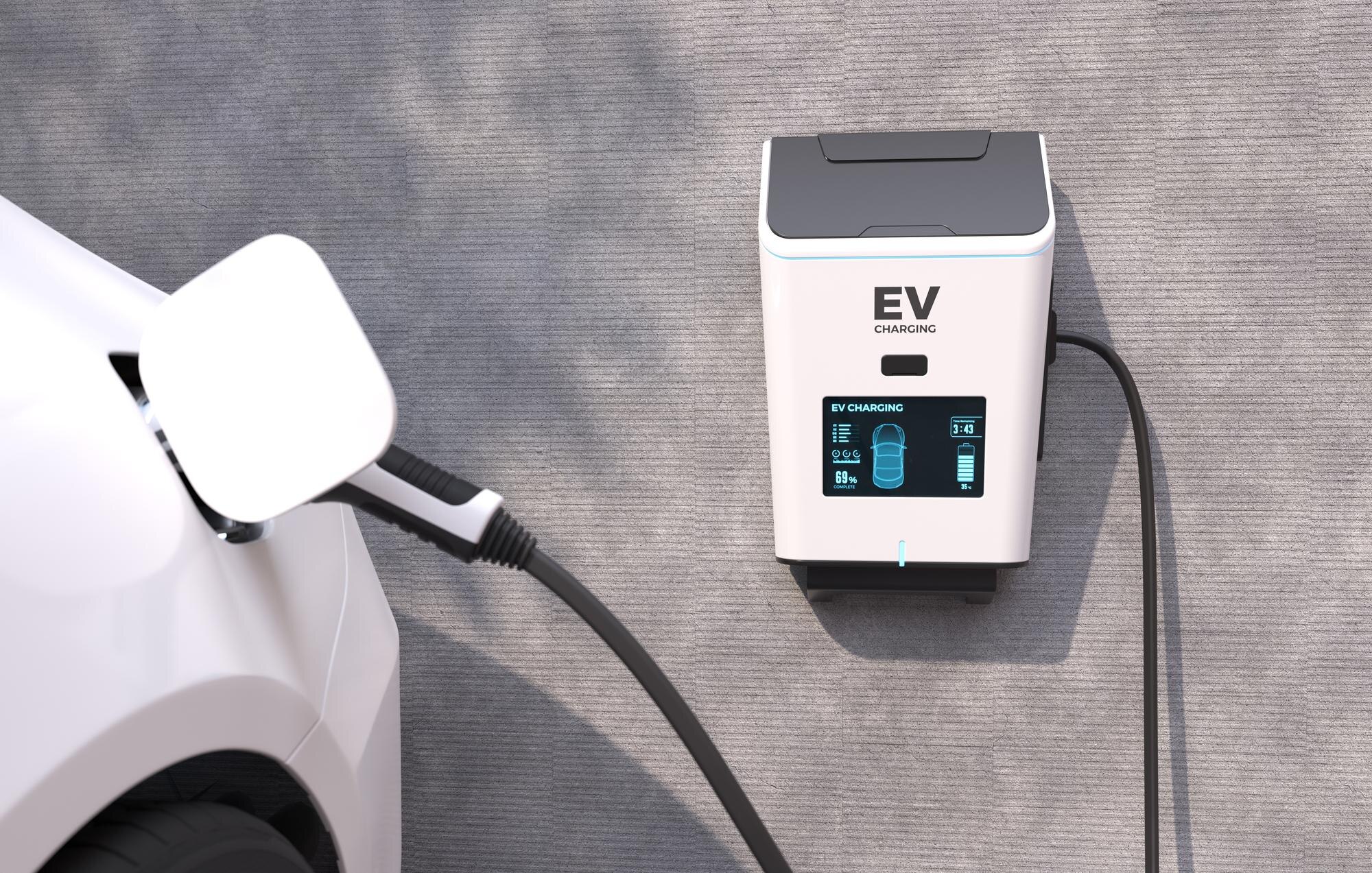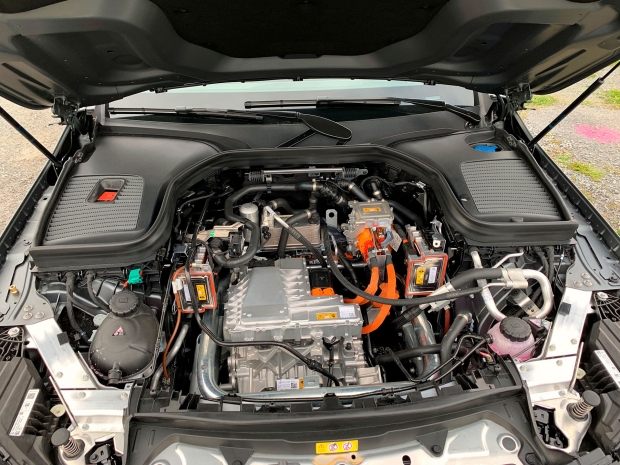Electric cars offer a smarter and greener alternative to gas-powered vehicles. One of the most common concerns among drivers is the average lifespan of an electric car — and whether it's truly built to last. In this article, we’ll discuss how long electric motors typically perform, what factors influence their longevity, and what you can do to keep your EV running strong for years to come.

How Electric Car Motors Work: Fewer Parts, Less Hassle
One major advantage of electric vehicles is the simplicity of their motor design. Unlike traditional combustion engines, which rely on dozens of interconnected parts — such as pistons, valves, spark plugs, and fuel injectors — an electric car motor typically has just one moving component: the rotor.
This minimalist setup means that far fewer things can go wrong. Maintenance is significantly easier and less frequent. For example, there’s no need to change engine oil or replace spark plugs. In most cases, the only regular motor-related service is a coolant replacement every 100,000 miles.
How long do electric motors last? Because of this efficient design, they can easily reach 15 to 20 years with minimal upkeep. It's a practical, long-term solution for drivers who want reliability without the high cost and hassle of traditional engine maintenance. This low-maintenance design also means fewer repair costs and longer operating life compared to combustion engines, which contributes to the typical lifespan of an electric car being higher than many people expect.
What Is the Life Expectancy of an Electric Car Motor on Average?
The electric car motor's longevity is one of the key points drivers consider when switching to an EV. Along with motor durability, the electric driving range plays an important role — it shows how far a vehicle can go on a full charge and how this number may decline with age and mileage.
When purchasing a new EV, it's helpful to know how long it can operate between charges. Below is a table featuring EPA-estimated driving ranges for some of the latest models:
Electric Car Model | Maximum Electric Driving Range |
2025 Lucid Air Grand Touring | 512 miles |
2025 Tesla Model S | 348 miles |
2025 Tesla Model 3 Long Range AWD | 346 miles |
2025 Tesla Model X | 326 miles |
2025 Mercedes-EQ EQS 450 Plus | 390 miles |
2025 Tesla Model Y Long Range | 387 miles |
2025 BMW iX xDrive50 | 383 miles |
2025 Ford F-150 Lightning Pro | 320 miles |
2025 Rivian R1S | 400 miles |
2025 Ford Mustang Mach-E | 320 miles |
2025 Rivian R1T | Over 400 miles |
2025 Kia EV6 | 231 miles |
2025 IONIQ 5 SE/SEL AWD | 290 miles |
2025 BMW i4 eDrive40 | 301 miles |
Sources: EPA estimates, manufacturer data, and recent automotive publications.
Keep in mind, real-world driving range is affected by several factors — driving style, terrain, temperature, and vehicle condition. As EVs age, battery capacity naturally declines. Most manufacturers report that EV batteries only deteriorate at a rate of 2.3% of their maximum capacity annually on average.
Despite this, electric motors are known for exceptional durability. For example, under certain conditions, Tesla motors are estimated to last up to 1 million miles, while batteries often reach 400,000–500,000 miles before replacement is necessary. Some automakers even guarantee battery replacement or repair if capacity falls below 60–70% within warranty terms.
The figures above also reflect recent electric car motor life statistics, which continue to improve as technology advances. What can be said for sure is that electric vehicles are relatively new compared to gas-powered cars, and technology is advancing rapidly. Now, we’ll outline what factors can impact this lifespan — and how you can help extend it.
What Affects Electric Car Motor Lifespan
An electric motor has simpler construction than a diesel engine, which makes it easier to maintain. However, proper care is still crucial to extend the life expectancy of an electric car. If you want your EV to work reliably long term, pay attention to these factors:
Driving Style
Smooth, steady driving reduces stress on your EV’s systems. Sudden acceleration, frequent hard braking, or aggressive driving can put an extra load on the motor and reduce its efficiency over time. Regenerative braking helps, but consistent driving habits make a difference.
Cleanliness
Electric motors can suffer from internal wear when exposed to dirt, chemicals, or road debris — especially since the battery and components are often located underneath the vehicle. Debris may clog cooling fans or cause corrosion, leading to overheating and bearing wear. Routine undercarriage checks help prevent this.
Temperature
Despite good thermoregulation systems protecting batteries from overheating, extreme temperatures negatively affect motor performance. Frequent driving in very cold or hot weather accelerates performance degradation. Parking in shade or protected areas helps mitigate these effects.
Cooling System Function
Maintaining the motor’s ideal operating temperature — around 70°F — is critical. Ensure your EV’s cooling system is working properly by replacing coolant every 100,000 miles and air filters every 2 years or as recommended by the manufacturer.
Low Resistance
Low insulation resistance caused by physical damage, corrosion, or overheating can lead to motor failure through short circuits or leaks. Periodic system diagnostics can detect insulation breakdown before it is too late.
Charging Practices
Battery capacity gradually decreases over time. Proper charging extends battery life: install a home charging station for overnight charging, avoid full discharge (recharge when below 20%), don't overcharge unnecessarily, and maintain 25–75% charge during extended non-use periods.

Operating Conditions
Voltage spikes, poor grounding, or harmonic distortion in the power supply can all negatively impact EV motor lifespan. If you use home charging stations, ensure they’re properly installed with surge protection.
Load and Vehicle Weight
Overloading your EV — either with excess cargo or towing — can strain the motor and reduce its life expectancy. Stick to the manufacturer’s recommended load limits for daily driving.
Motor Type and Configuration
Different electric motor types (AC vs. DC, permanent magnet vs. induction) have slightly varied lifespans and maintenance needs. Always follow the care instructions specific to your EV model.
Environmental Exposure
Humidity, road salt, and air pollution can damage bearings and internal motor components. If you live in a high-moisture or coastal area, regular EV motor maintenance and protective coatings can help prolong your motor's lifespan.
Common Causes of Electric Car Motor Failures
While we already know the answer to the question of “How long do electric car motors last?” which is beyond 15 years, several preventable issues can cause early failure:
- Overheating: High operating temperatures — often caused by poor ventilation or a malfunctioning cooling system — can damage motor windings, insulation, and bearings. Prolonged overheating significantly shortens motor life;
- Poor maintenance: Skipping regular checks, neglecting coolant replacements, or allowing contaminants to build up can lead to internal wear, reduced efficiency, and ultimately, motor failure;
- Water or moisture ingress: Exposure to water — through flooded roads, pressure washing, or humidity — can corrode motor components, especially if the motor housing is compromised or seals are worn;
- Bearing failure: Worn or improperly lubricated bearings create excessive friction and vibration. This not only damages the bearings themselves but can also impact the motor shaft and windings;
- Electrical overload: Repeatedly pushing motors beyond their rated capacity strains components and accelerates degradation. Excessive current draw generates harmful heat, gradually breaking down insulation materials and leading to permanent efficiency loss and component failure.
- Mechanical misalignment: Improper mounting or shaft misalignment causes uneven forces that prematurely wear components. The resulting vibration creates excessive stress on bearings and seals while forcing the motor to work harder.
How Much Does EV Motor Replacement Cost?
Replacing the electric motor in an EV can be a significant expense, with costs varying based on the vehicle's make, model, and part availability. On average, EV motor replacement cost ranges from $6,000 to $20,000.
Estimated replacement costs for popular EVs:
- Tesla Model S: Replacing the drive unit can cost approximately $6,000.
- Nissan Leaf: Motor replacement costs are estimated at as much as $10,000.
- BMV i3: While specific motor replacement costs are less documented, general EV motor replacement costs for this model can reach $20,000.
It's important to note that these figures are approximate and can vary based on factors such as labor rates, geographic location, and whether new or refurbished parts are used. Additionally, some manufacturers may offer warranties that cover motor replacements, potentially reducing out-of-pocket expenses. Nonetheles, considering the electric motor life calculation and repair pricing, it becomes clear why preventative care is key to avoiding unexpected expenses.
Note: The above estimates are based on available data and may change. It's advisable to consult with authorized service centers or the vehicle manufacturer for the most current pricing information.
Consider Selling Your Car to JunkCarsUS
Upgrading to a new vehicle, especially an electric car, is a smart move. It’s a future-forward investment that’s not only cost-effective over time but also better for the environment. But what should you do with your old car?
You have a few options: hold onto it as a backup, try to sell it privately, or — if it’s no longer drivable — sell it to a reliable junk car buyer like JunkCarsUS.
At JunkCarsUS, we purchase vehicles of all makes, models, and conditions, even if they’re totaled or non-operational. We offer competitive payouts and provide free same-day pickup. Just fill out a quick form on our website to learn how junk cars are valued, and we’ll handle the rest.
Get paid fast. Clear space. Make room for your next electric ride.
FAQ
What is the lifespan of an electric car?
With proper maintenance, most electric vehicles can last around 200,000 to 300,000 miles. Some newer models with advanced battery technology may exceed this range, especially as the EV market continues to evolve.
How long do EV motors last?
On average, the electric car motor life expectancy is between 15 to 20 years. The actual lifespan depends on driving habits, environmental conditions, and maintenance. With regular servicing and responsible usage, many EV motors can easily outlast the battery.
Do electric car motors wear out?
Yes, electric motors can wear out over time — especially if exposed to overheating, poor maintenance, or environmental stress. However, EV motors typically last much longer than gasoline engines and require far less upkeep due to having fewer moving parts.





